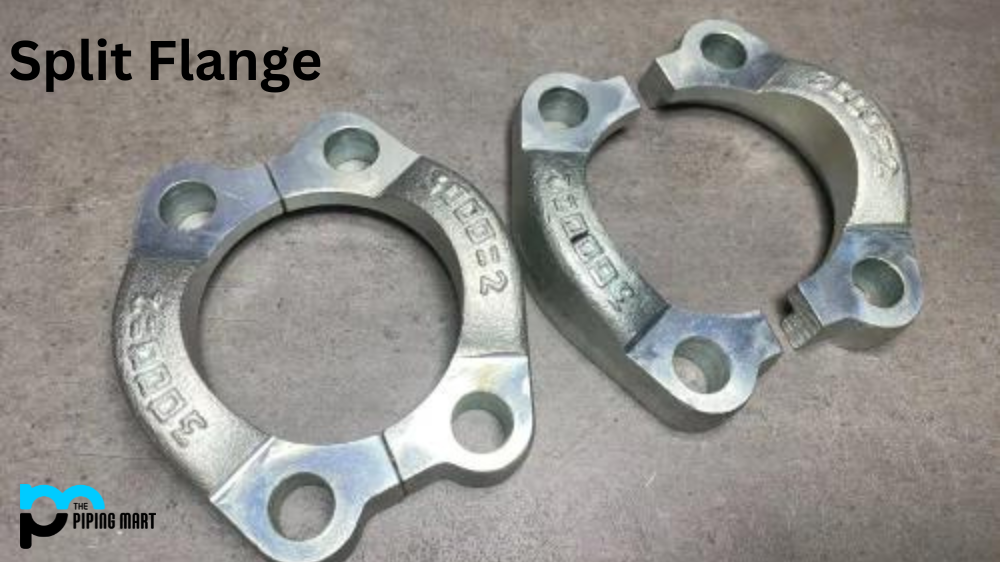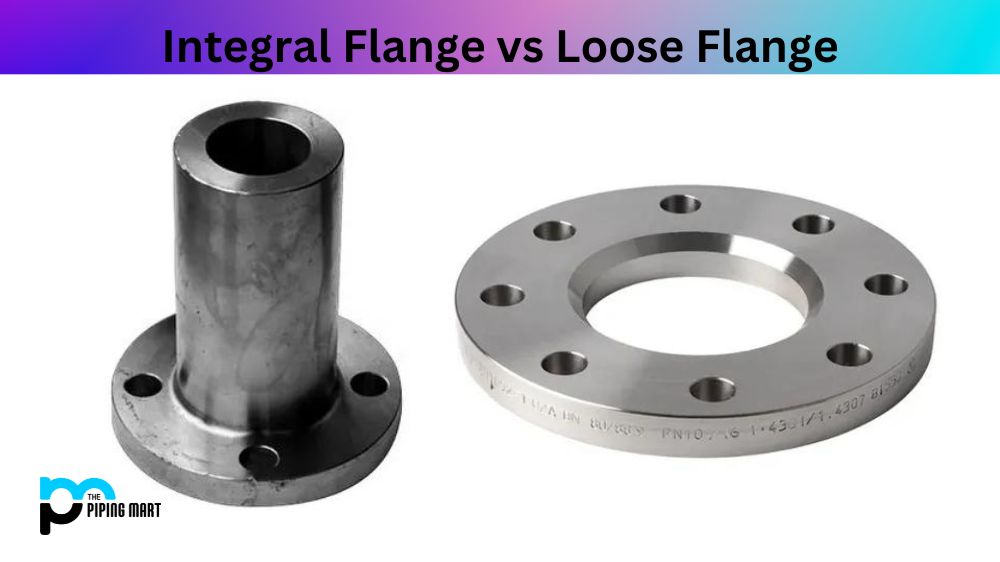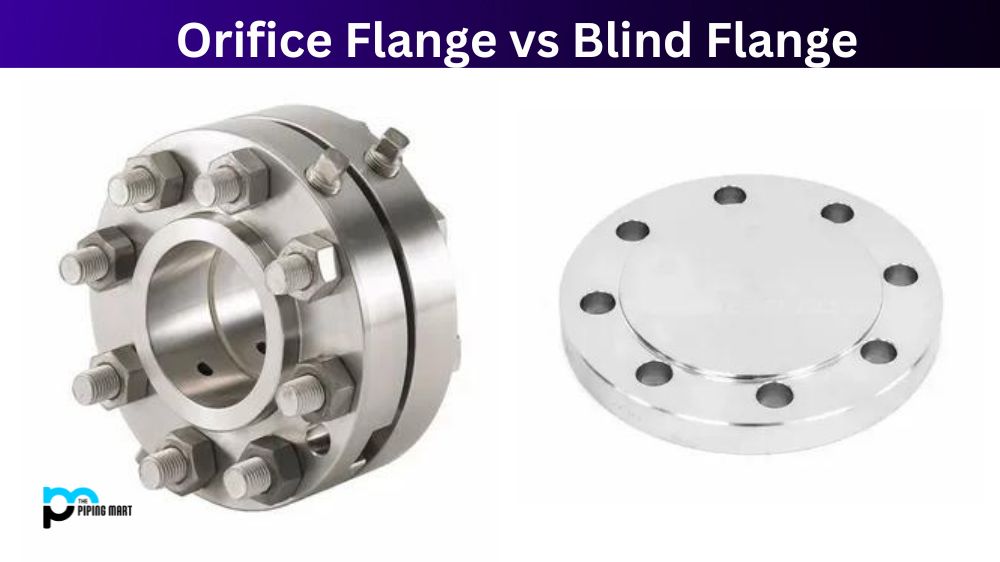The split flange, commonly referred to as a “weld-neck,” holds significant importance across numerous industries, including chemical, gas, oil, and paper. Its versatility makes it a crucial component in welding operations within these sectors. In this blog post, we’ll discuss the uses of split flanges and their various types.
What is Split Flange?
Split Flange is a type of pipe flange commonly found in hydraulic tubing, water supply lines, and commercial fire sprinkler systems. It consists of two parts: the top (which has an external thread) and the bottom (which is open). This type of flange allows for easy assembly and maintenance when pipes need to be replaced or serviced. Furthermore, it can be used to quickly connect different sections of pipe together as only one side needs to be aligned for proper connection. While it typically does not provide as much strength as a weld-neck flange, Split Flanges are often preferred due to their easier installation and lower cost. Overall, Split Flange is an excellent choice for various applications that require labor-saving features while maintaining adequate performance and reliability.
Split Flange Uses
Split flanges are typically used to connect two pipes carrying fluid or gas (such as oil or water). They have multiple purposes depending on the application: they can be used to join two pipes together; as a seal between two pipes; to prevent leakage from one pipe to another; and to provide support for the connection between two pipes. Additionally, split flanges are often used to adjust the height of one pipe in relation to another.
Split Flange Welding
Split flanges must always be welded when connected. This is because it creates a stronger bond than any other attachment method (including nuts and bolts). When welding split flanges together, the material being welded must be compatible with each other so that there are no leaks or other issues after welding has been completed. Additionally, it’s essential to ensure that the welding process is done correctly so as not to damage the connected piece.
Split Flange Types
Split flanges come in several types to suit different applications. These include standard split flanges, which feature a two-piece design for easy assembly and maintenance. Other types include weld-neck split flanges, which provide added structural support, and threaded split flanges, which facilitate quick installation without welding. Split flanges are designed to meet specific industry needs, including those featuring grooved connections for fire protection systems.
Conclusion
Split flanges are an essential component used in many industries for welding operations. They can be found in various shapes and sizes depending on their application—and they must always be welded when being connected due to how strong this method is compared to alternative methods such as nuts or bolts. No matter which type you need, understanding your specific purpose can help you choose the right one for your project! With these considerations in mind, you should have no trouble finding a suitable solution for your next welding project using a reliable split flange type!

A passionate metal industry expert and blogger. With over 5 years of experience in the field, Palak brings a wealth of knowledge and insight to her writing. Whether discussing the latest trends in the metal industry or sharing tips, she is dedicated to helping others succeed in the metal industry.




